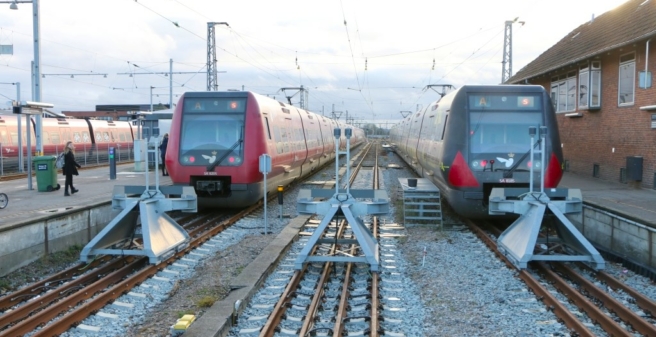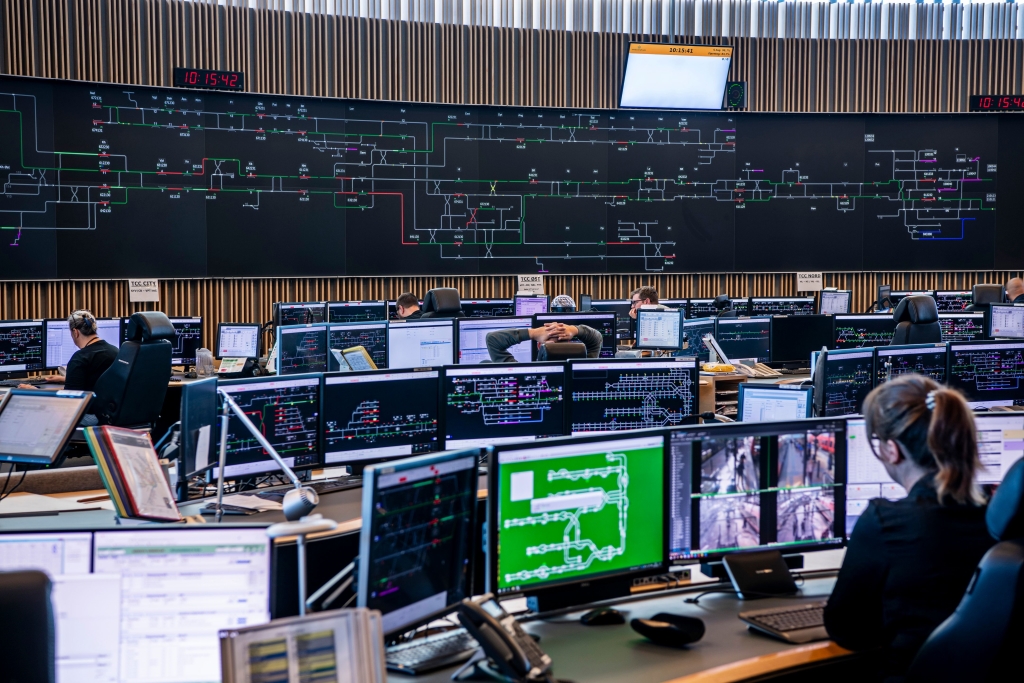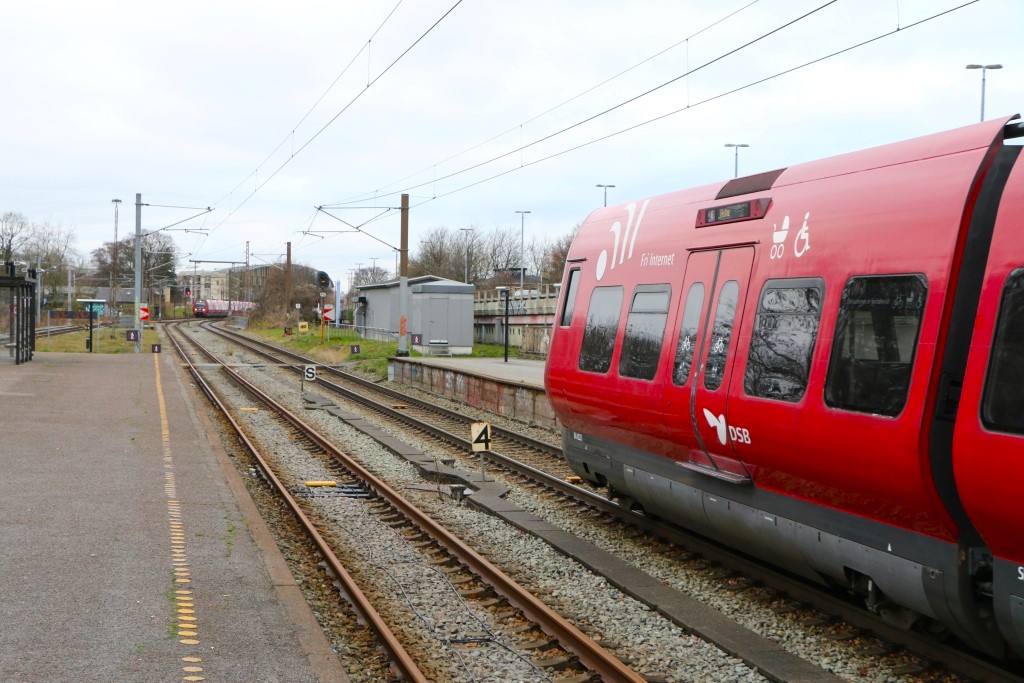
Siemens Mobility will upgrade the entire 170 kilometers long S-bane network in Copenhagen to the highest grade of automation (GoA4 technology) to enable unattended train operations starting with the first phase in 2030, with full automation targeted by 2033. Respective contracts have been signed with Banedanmark (BDK) and DSB recently including the necessary signaling equipment for trains and wayside. GoA4 will allow the operator to run more trains in the entire system, enhance the level of passenger experience, secure the current punctuality rate and will future-proof the network. The new contracts have a total volume of about 270 million Euros and build on the original contract from 2011 to equip the Copenhagen S-train (S-bane / S-Tog) network with the Communications-Based Train Control System (CBNTC). The system is operated using 1.650V direct current, isolated from the 25 kV 50 Hz AC network of the long-distance railway lines in the country.

The CBTC GoA4 technology upgrade will be carried out in five phases with very limited downtimes of the operation, ensuring that train services in Copenhagen are not interrupted. The first phase will cover the F-Line between stations København Syd and Hellerup, with the trial run scheduled for mid-2030 leading to the start of passenger operations by the end of 2030. Throughout this phased approach, a mix of existing GoA2 trains and new driverless GoA4 trains will operate until 2038. By then, the last new driverless GoA4 train will be delivered and supported by hybrid wayside technology capable of accommodating both GoA2 and GoA4.
Additionally, the new agreements involve equipping the two depots in Hundige and Høje Taastrup with radio-based communication systems, thereby extending the reachability of all trains. Furthermore, the train management system will be expanded to include new flexible disposition functions, ensuring an even more smooth operation in the future.
The S-bane’s core network has the capacity to handle up to 84 trains per hour, transporting over 100 million passengers annually across a total of 88 stations on seven lines. Copenhagen’s S-bane system plays a crucial role in the city’s public transportation network, serving around 350,000 daily commuters. This number is steadily increasing as the metropolitan area around the Danish capital expands, now housing over one fifth of Denmark’s population. Upgrading the network to support unattended train operations will effectively cater to this growing trend.

New rolling stock tender launched
Last year already, Denmark’s government has authorized Danish State Railways (DSB) to procure automated S-bane trains for Copenhagen’s rail network, with the winner to be announced in early 2025. By replacing the current S-bane trains within 15 years, DSB aims to meet growing commuter demands and enhance transportation efficiency in the Greater Copenhagen Area. The new fleet will be capable to run fully in GoA4.
(Info: Siemens Mobility/ DSB)
25.04.2024
